Standalone projects
A jumble of my favorite (publicly available) completed projects.
Symmetries and Unconventional Order in Quantum Many-Body Systems
This dissertation focuses on methods which aid in the study of exotic phases of matter in quantum many-body systems. For this I look specifically at systems with local disorder that can give rise to the phenomenon of many-body localization as well as two-dimensional systems with certain local symmetries, which I show can potentially lead to the emergence of topologically ordered phases. In this work I use a group-theoretical approach to investigate the topological properties of two-dimensional materials, with a specific focus on the effects of local SU(3) symmetries in the Kagome lattice and enhance this theoretical approach by a numerical analysis that utilizes tensor network constructs. To further investigate the effects of disorder on a quantum many-body system, I derive analytical solutions to time-evolved local observables in many-body localized systems with random perturbation, which I subsequently use to design a tensor network framework by which I combine variational and perturbative solutions for quantum many-body systems to efficiently calculate the time-evolved values of relevant observables.
Causes of COVID-19 lockdown policies in US states (2020 course project)
In early 2020 we looked at the causes of COVID-19 lockdown policies in US states using a panel data analysis and created interactive slides.
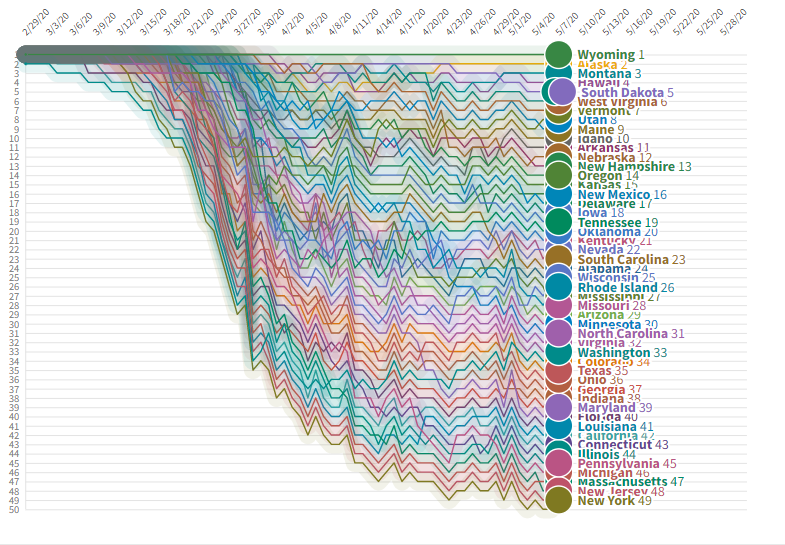
Hubblecast 114: How does Hubble orientate itself in space?
This new Hubblecast episode takes a detailed look into the refined Pointing Control System that allows Hubble to keep its gaze into the Universe firm and steady.

Podcast episode: Rock-solid Certainty?
As the final crescendo of the Telling Responsible Stories course at the Munich Center for Technology in Society, my team and I released a podcast episode on how researchers, policy makers, philosophers, and the media deal with scientific uncertainty.
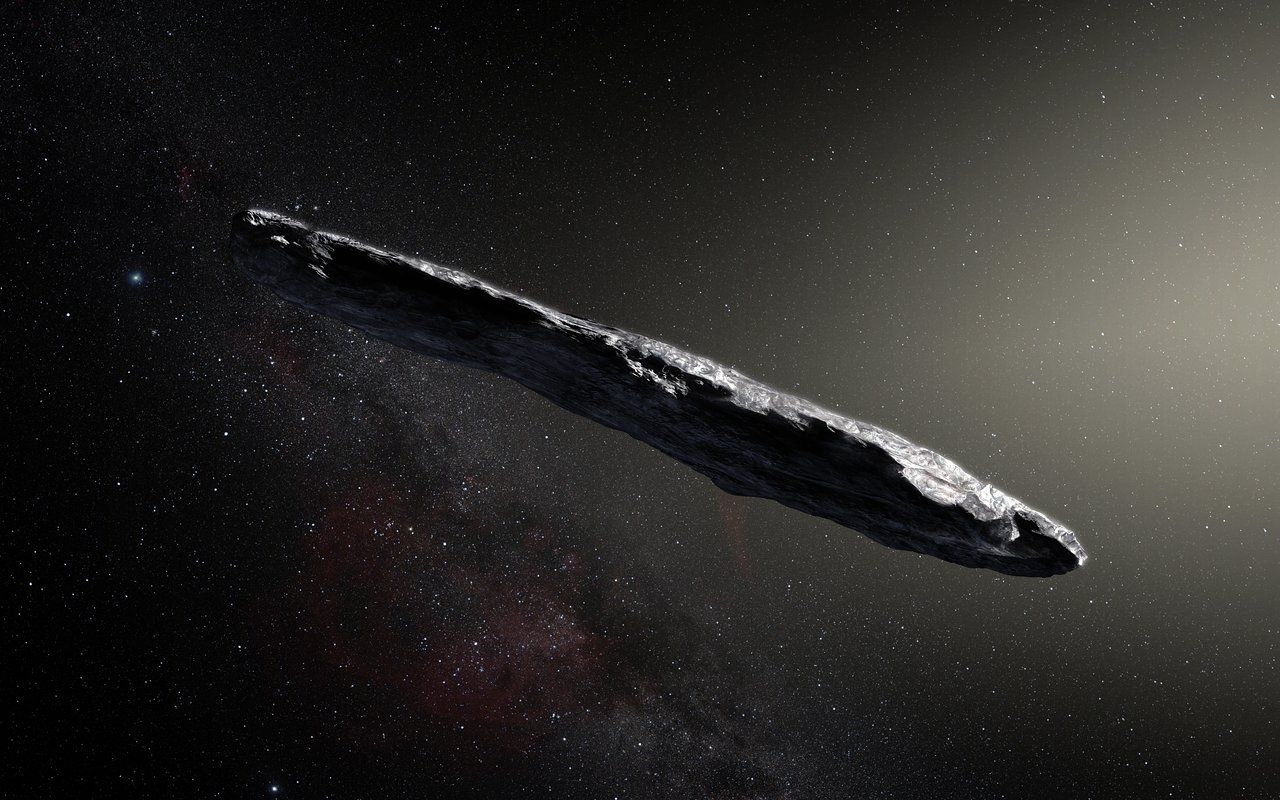
Starting your PhD? Watch this before you begin!
Beginning a PhD is a big step for a student in academia. However, there are several difficulties that come in the first year of PhD. What they are and how to...

A gapped SU(3) spin liquid with Z_3 topological order
We construct a topological spin liquid (TSL) model on the kagome lattice,with SU(3) symmetry with the fundamental representation at each lattice site,based on Projected Entangled Pair States (PEPS). Using the PEPS framework, wecan adiabatically connect the model to a fixed point model (analogous …

Stochastic Integral Representation for the Dynamics of Disordered Systems
The dynamics of interacting quantum systems in the presence of disorder isstudied and an exact representation for disorder-averaged quantities via Itostochastic calculus is obtained. The stochastic integral representation affordsmany advantages, including amenability to analytic approximation, ap…

Perturbative Stability of Topologically Ordered Systems with Local Defects
Quantum spin systems have been providing modern physics with ever new challenges to tackle in the past several decades; from the theoretical postulation of topological quantum order, a new chapter was revealed in the understanding of phase transitions in quantum systems. The novel properties of topo…

Converge\OIST - Day 1 Recap
Scenes from Converge\OIST 2025:This week, we convened scientists, founders, investors, and policy leaders from across sectors and geographies to explore the ...

I’m With STARGATE Genius! Quantum Computing to Technology Development Specialist with Ivana Kurečić
Stargate “Genius” David Hewlett has happy talks about amazing science, technology, Engineering arts and math with really brilliant people...and he loves it! ...

Munich Quantum Software Forum 2023: Talk by Ivana Kurecic (Xanadu )
Title:The future of differentiable quantum programming with PennyLaneAbstract:Xanadu is a Canadian quantum computing company with the mission to build quantu...

Interviews & Contributions
Some of the funnest events I've contributed to and interviews I've done.
Talk & article for Soapbox Science Munich 2020
At the 2020 Soapbox Science Munich event, I spoke about my area of expertise — quantum science that will (or won’t) change the world of the future.
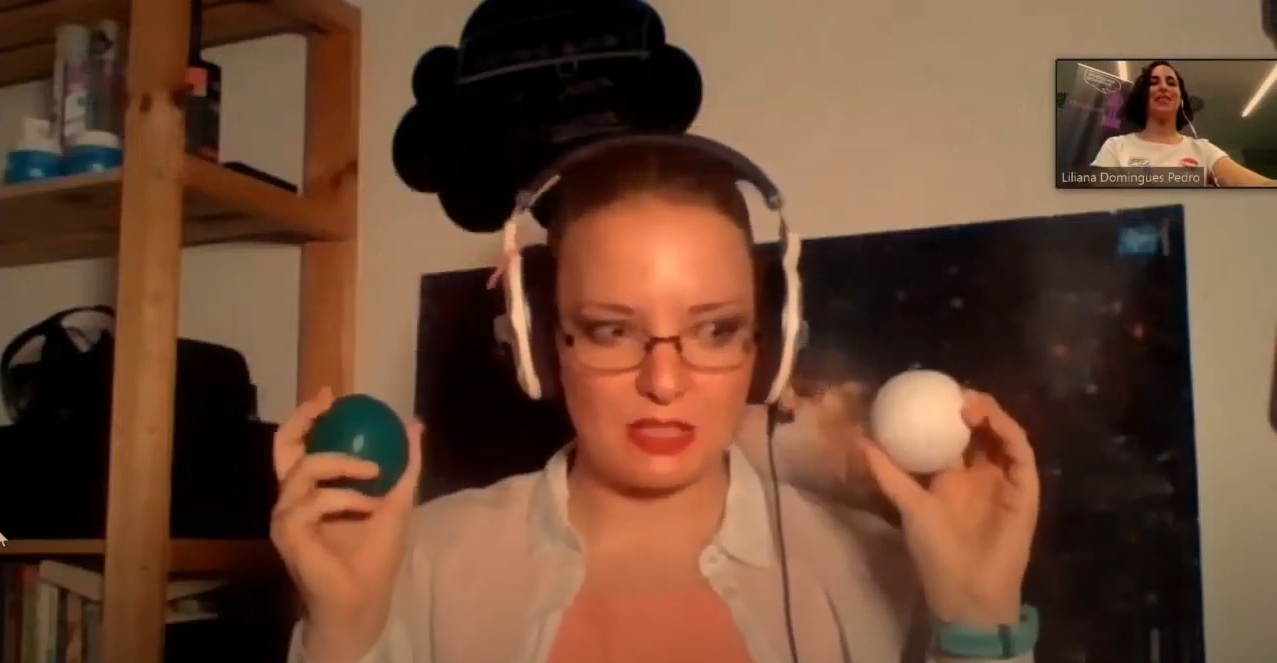
Quantum Policy Control Theory (science slam talk)
I held a science slam talk about how public policies are created and how important it is for quantum experts to speak up and have their voices heard.
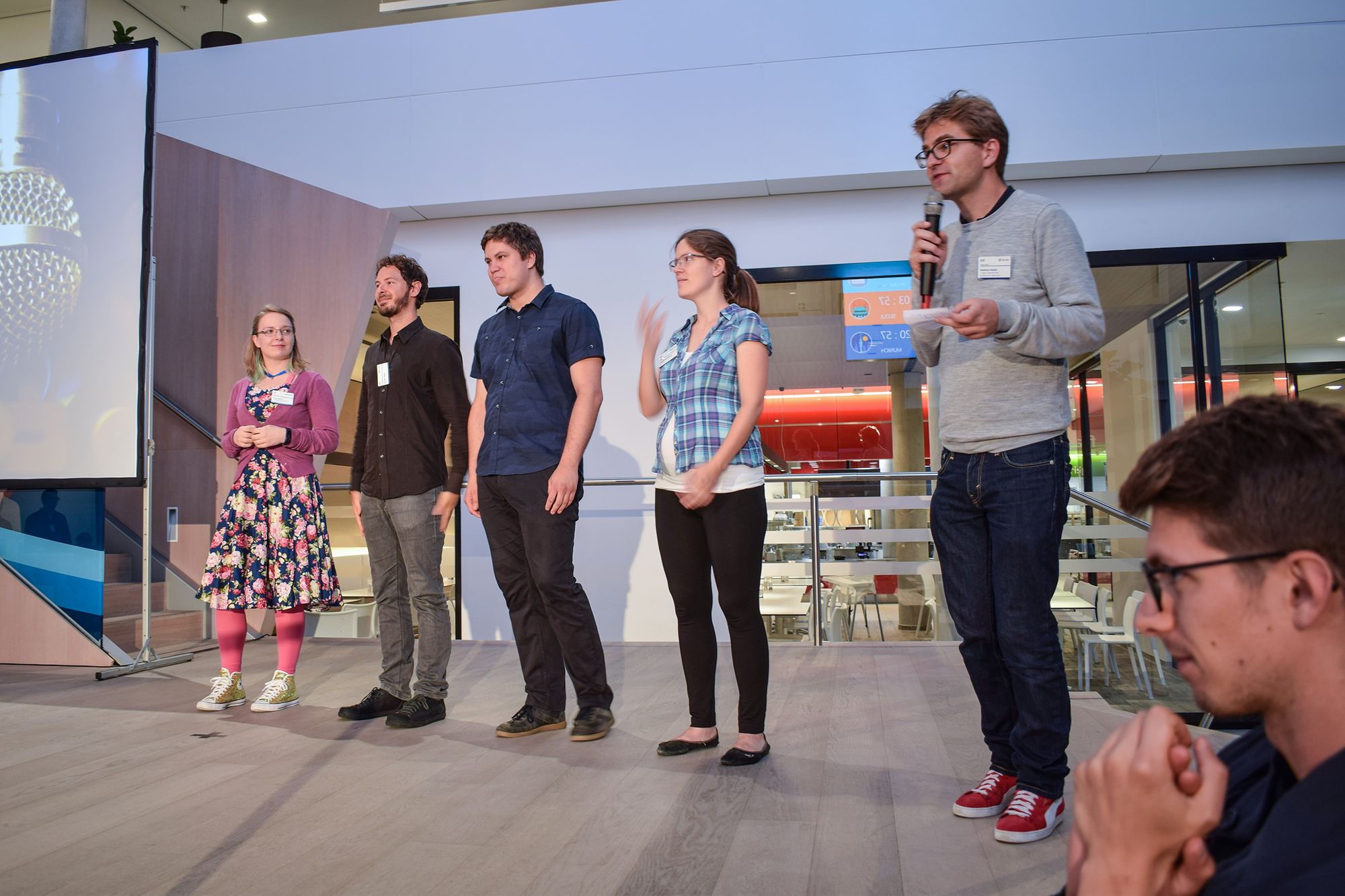
Slides from the Quantum Technologies Meetup 2019/04/04
I held a talk at the Quantum Technologies Meetup hosted by IBM in Munich on 2019/04/04. Behold, the slides!

Scicomm & Outreach
A selection of some of my favorite scicomm/outreach activities.
Why should researchers get involved in science policy? - EuroScientist journal
By Ivana Kurecic and Chloe Hill — What motivates scientists to engage with policymaking? As researchers, most of us entered our scientific disciplines to gain a better understanding of the world, or by our desire to contribute to society by developing new technologies and techniques. One of the questions researchers often ask themselves is exactly how their research impacts the world and by what means.

Podcast: Rock-solid Certainty? - Munich Center for Technology in Society
Rock-solid Certainty? When astronomers around the globe discovered an unusual object passing through our Solar System in late 2017, the race was on to work out what it was and where it came from. The first interstellar visitor we had ever spotted — ’Oumuamua — was already moving away from the Sun,…
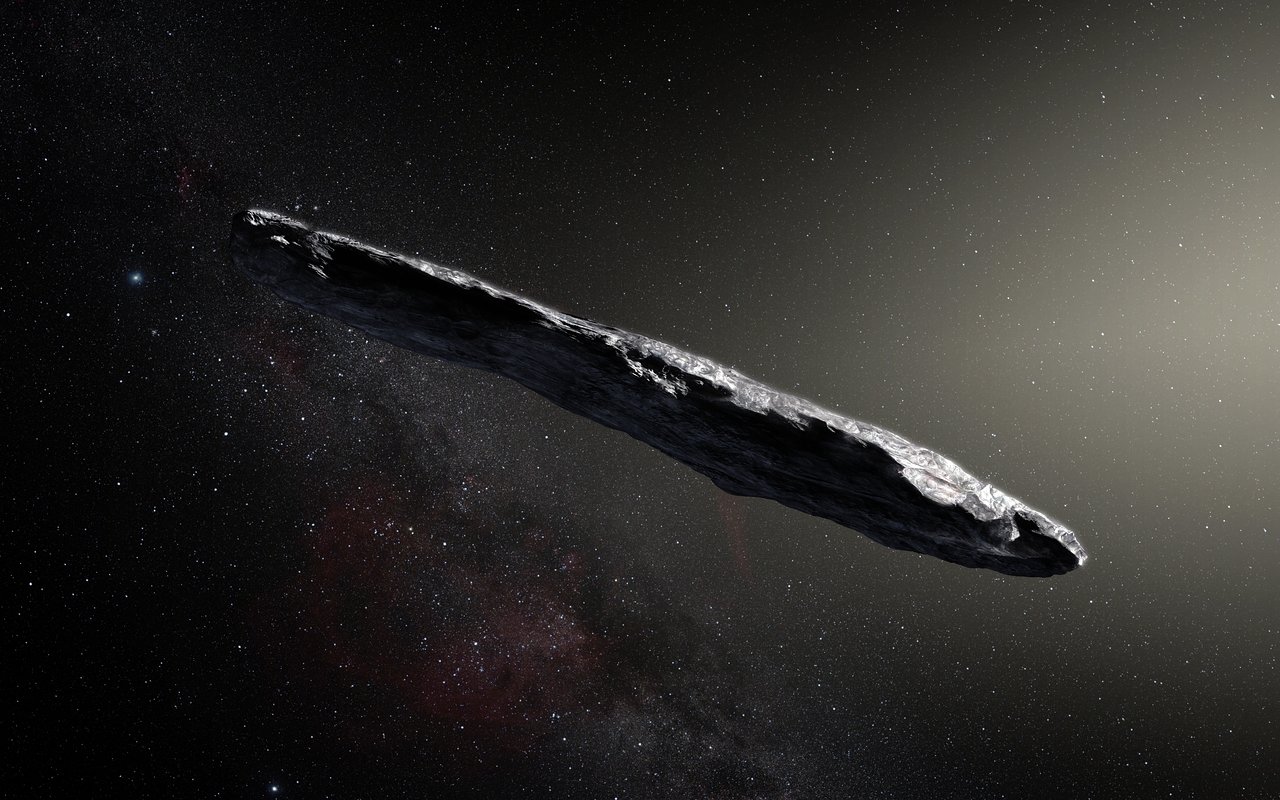
ESOblog: 2018 ESO Media Highlights ESO’s discoveries and images in 2018 science roundups from across the world
2018 ESO Media Highlights

A Universe Aglow - MUSE spectrograph reveals that nearly the entire sky in the early Universe is glowing with Lyman-alpha emission
Deep observations made with the MUSE spectrograph on ESO’s Very Large Telescope have uncovered vast cosmic reservoirs of atomic hydrogen surrounding distant galaxies. The exquisite sensitivity of MUSE allowed for direct observations of dim clouds of hydrogen glowing with Lyman-alpha emission in the …
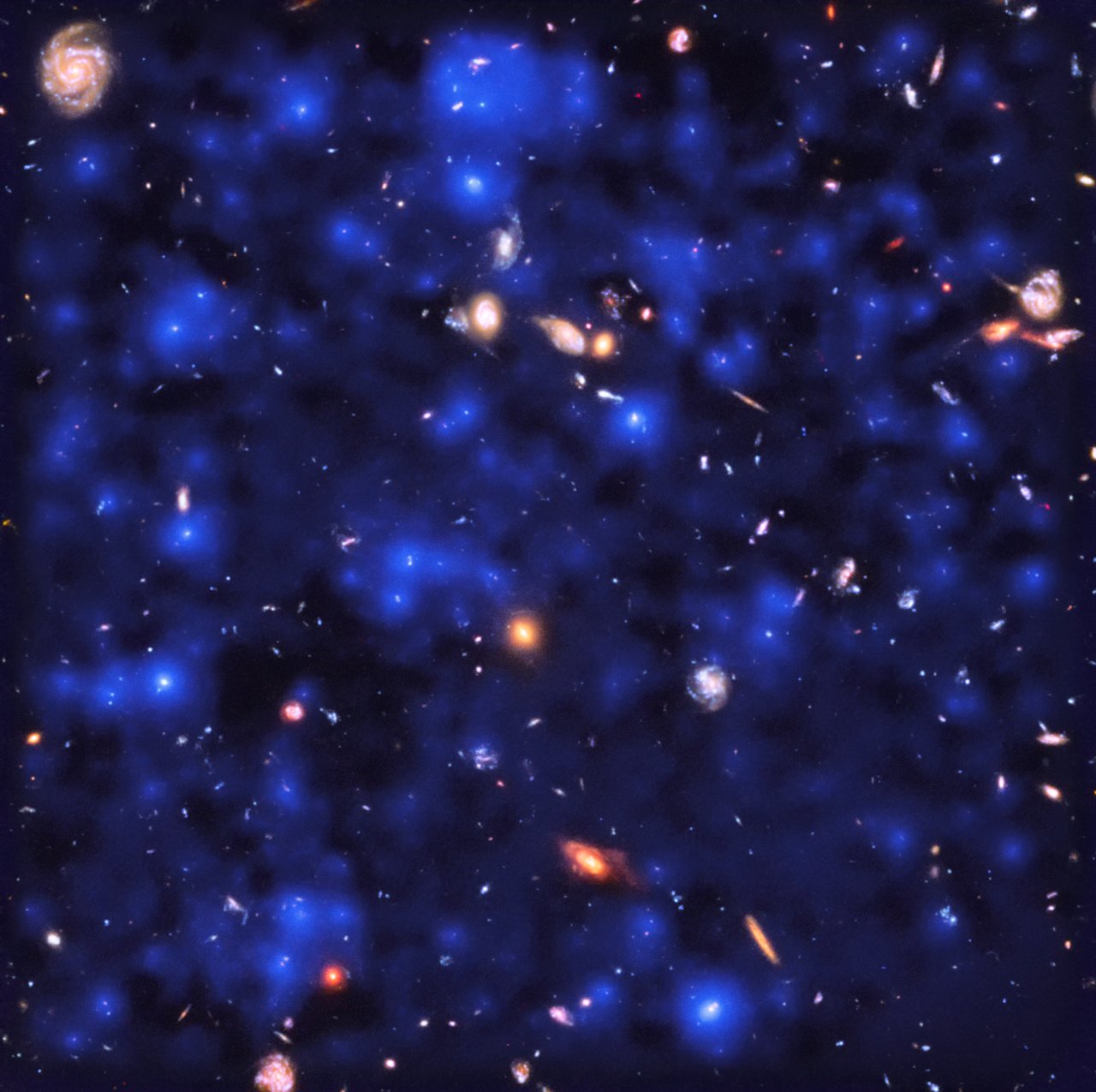
ESOcast 178 Light: A Universe Aglow (4K UHD)
Deep observations made with the MUSE spectrograph on ESO’s Very Large Telescope have uncovered vast cosmic reservoirs of atomic hydrogen surrounding distant ...

A Fleeting Moment in Time - European Southern Observatory’s Cosmic Gems Programme captures last breath of a dying star
The faint, ephemeral glow emanating from the planetary nebula ESO 577-24 persists for only a short time — around 10,000 years, a blink of an eye in astronomical terms. ESO’s Very Large Telescope captured this shell of glowing ionised gas — the last breath of the dying star whose simmering remains ar…
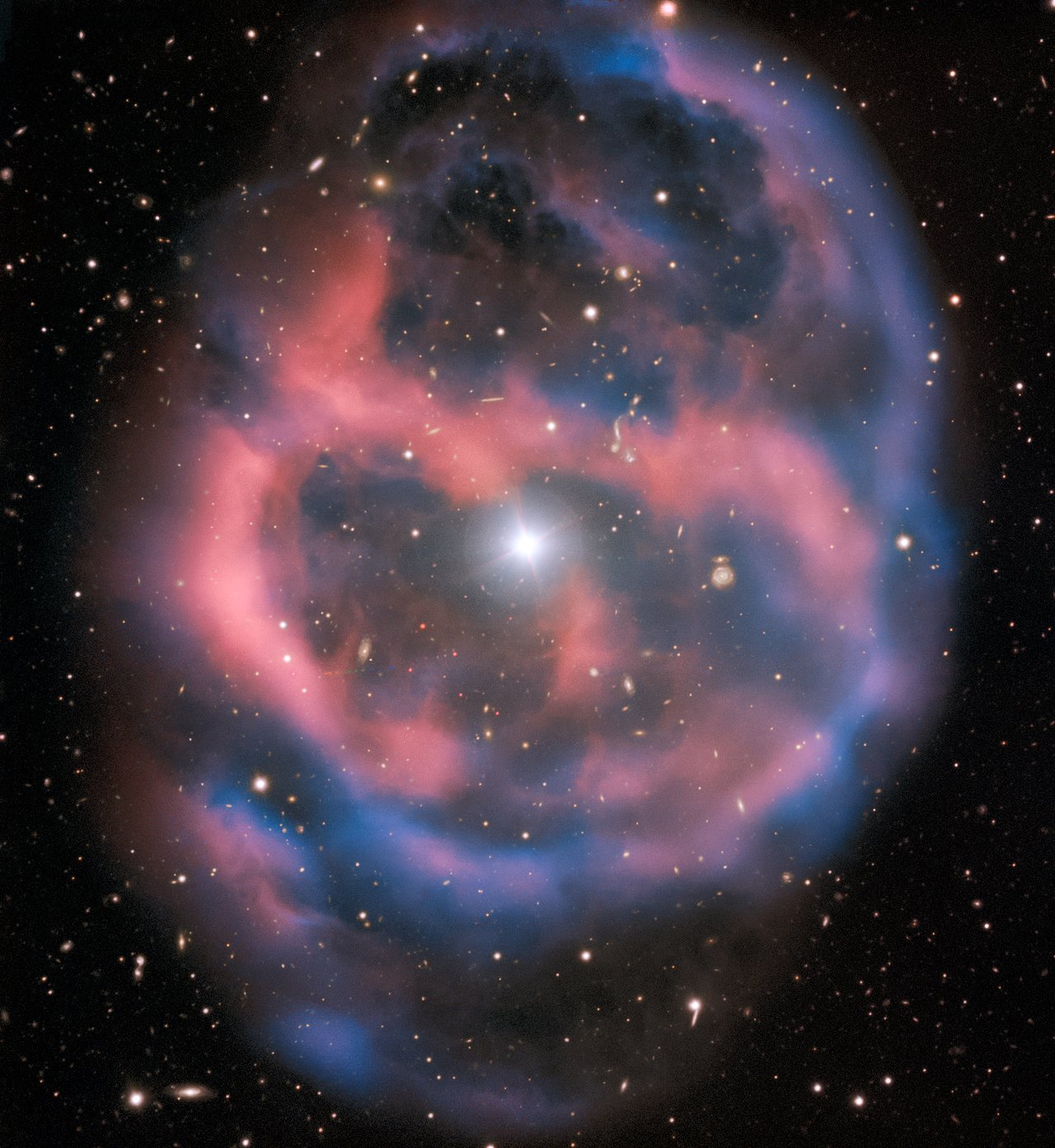
ESOcast 183 Light: Stunning Exoplanet Time-lapse (4K UHD)
ESO’s planet-hunting instrument SPHERE on the VLT has caught sight of the exoplanet Beta Pictoris b emerging from the bright halo of its parent star, 64 ligh...

Validas — Tool and Library Qualification • A podcast on Anchor
As experts in the creation of safe software systems, in this podcast we answer all the questions about tool and library qualification. Each episode guides you through a crucial topic via discussions, interpretations, and examples given by safety professionals in Validas and beyond, and there’s somet…

"What?" versus "So What?": Pitfalls in science communication for scientists - EuroScientist journal
This article expands an ESOF2020 panel that highlights common pitfalls of science communication and discusses remedies.








